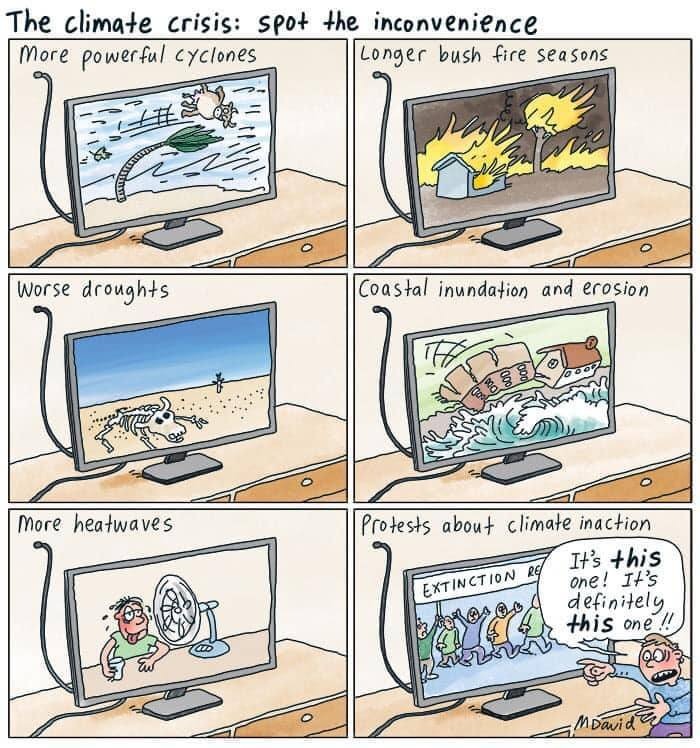this post was submitted on 08 Sep 2023
1270 points (97.0% liked)
Memes
44079 readers
2940 users here now
Rules:
- Be civil and nice.
- Try not to excessively repost, as a rule of thumb, wait at least 2 months to do it if you have to.
founded 5 years ago
MODERATORS
you are viewing a single comment's thread
view the rest of the comments
view the rest of the comments

See, you're talking like 3000+ acres is a lot on the global scale, and it just isn't. You could literally cover a few fields that grow better in indirect light, produce more from your crops, and supply the global requirements for electricity. Seriously, just 5 square miles is over 3000 acres.
The only good argument against solar or wind is matching load against production, and that one is becoming less relevant all the time.
Compared to a hundred acres? Meaning the other 2,900 acres could be preserved in some form of natural state? That absolutely is a lot when you consider the energy needs of a modern country. The fact you're acting like that's not a valid argument just proves how ignorant you are.
Growing crops under a solar array does not justify your inability to comprehend land size/use. Corn? Fine, that works with indirect. Soy and rice do not though. So 2 of the 3 most widely grown crops would be hindered by that plan.
So instead of destroying major crops with the ridiculous idea of building thousands of acres of solar panels, or tens of thousands of acres of wind turbines, we should focus on the much smaller impact of nuclear energy.
Wow, I just can't wrap my head around how many things you can get wrong, all at one time. You do realize that not all crops are the same, right? As I said in my previous post, there are plenty of crops (including pastureland) that do better with less direct light. And there are 1 million square miles of farmland in the U.S. right now. If 2% of that was covered with solar, and nowhere else, that could supply America's electricity needs. Of course, this ignores all the great options for solar in urban areas, such as rooftops and parking lots. I haven't heard many people complaining that they couldn't park their car in an uncovered parking space at the mall.
Notice that this doesn't require any new land to be developed, so rather than the pie in the sky idea that 100 acres of nuclear equates to the realized opportunity to return or keep 2900 acres in a natural state, it means 3000 acres of solar in areas that are already developed, so we can leave that 100 acres of undeveloped land in its previous state.
There is certainly a place for nuclear, especially until we have an effective means of power storage, but at the expense of solar, one of the cheapest electricity solutions we have right now, is probably not it.
You can't wrap your head around it because you simply don't want to. Of course I didn't mention every single potential crop. I mentioned the three most widely grown, around the entire world. Corn, rice, and soy. Yes, others would do well, but building above these crops would never work on large agricultural areas. Why? Because you need machinery to harvest large grow ops before they spoil. Farmers would never afford the human labor required to match. It will work great on smaller scale farms, people using upwards of 25 acres. What does that achieve power wise though by comparison? Not enough power.
Pastures are an issue for two reasons. One, grass needs direct sunlight to properly grow. Two, animal agriculture is a major cause of carbon emissions. We need less pastureland, and covering it doesn't help. You could convert existing pastureland into a reactor site, saving existing nature from development.
You would still need to develop new land for larger arrays. Land use that could be minimized by maximizing the possible power output.